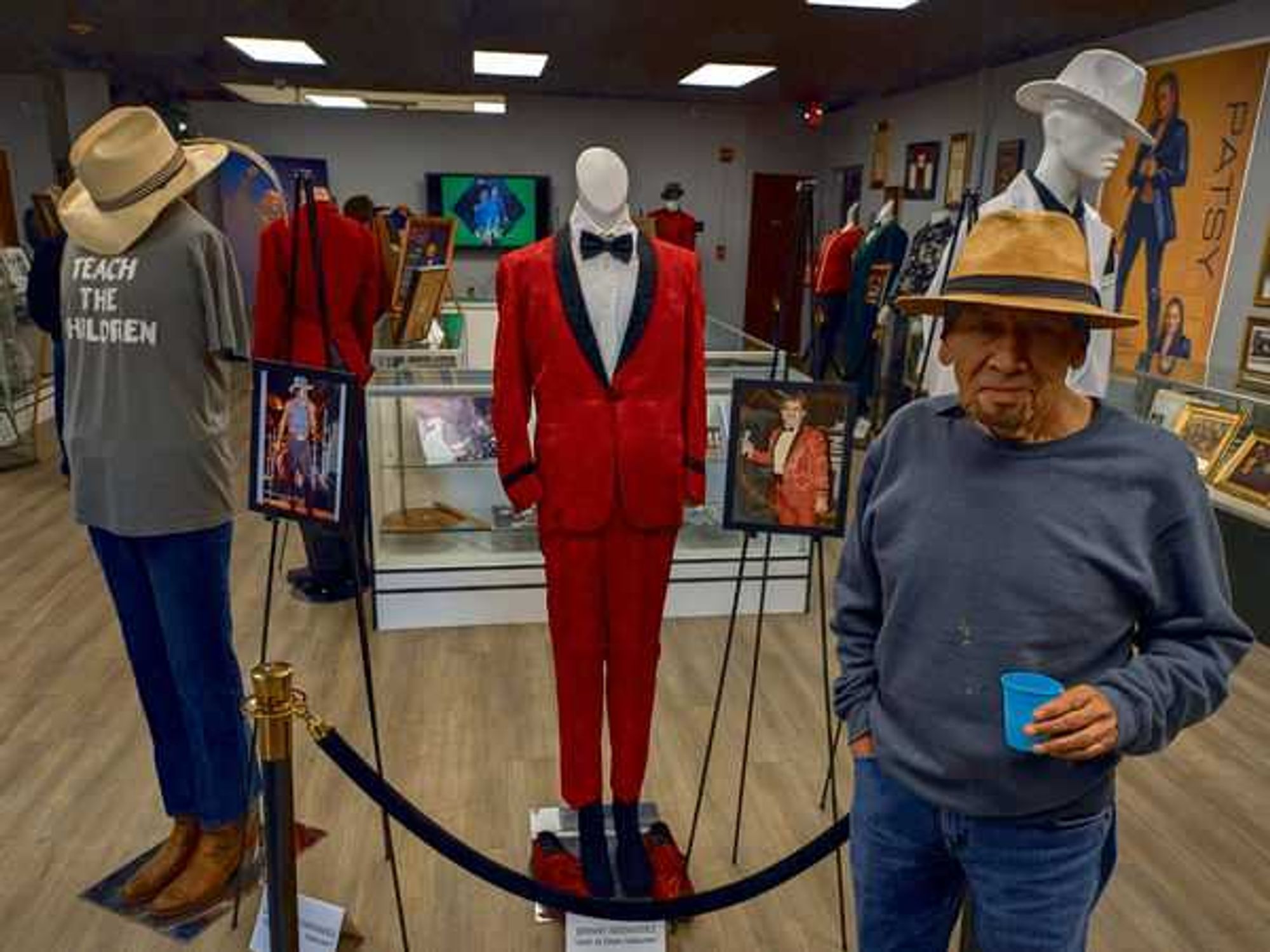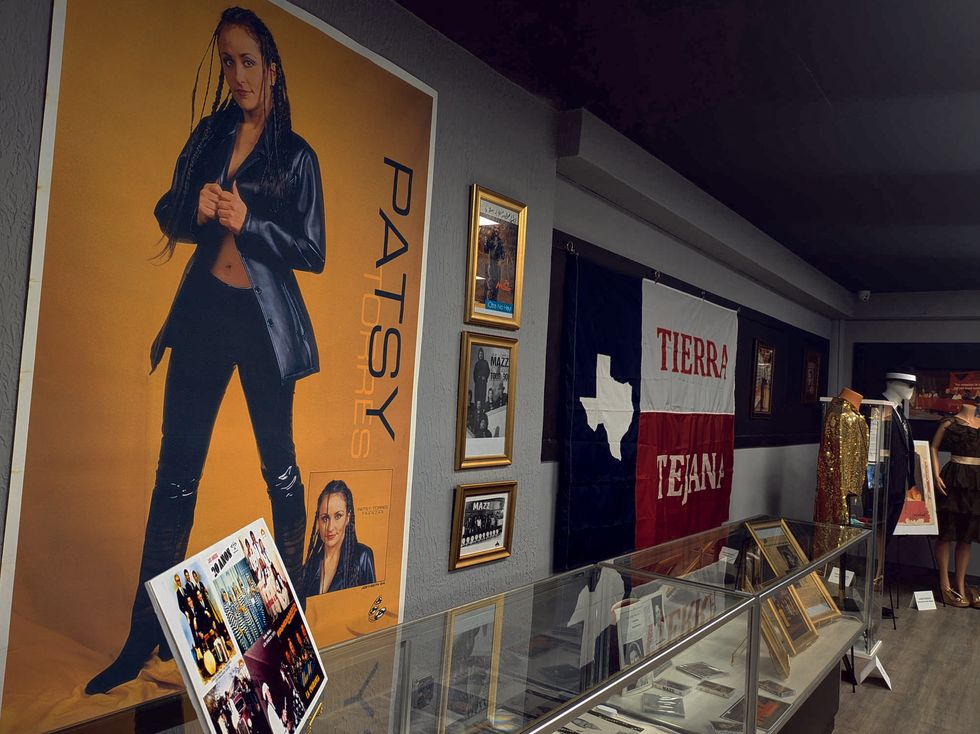CultureMap Video Adventure
Painted churches of Schulenburg hold the sacred tales of ancestry andperseverance
Beyond the shoulders of the Interstate 10 corridor, at the point where the flat grasslands that characterize of Houston's topography transform into the gentle rolling terrain of the Texas Hill Country, are landmarks that archive stories of struggle, perseverance and new beginnings.
Other than a few highway billboards that nod at the cultural lineage of the region, it's relatively easy to speed through towns like Weimar, Flatonia and Schulenburg without giving their importance a second thought, unless you are in mood for Czech-style kolaches, a polka dance party or fatty sausages.
But those with a penchant for learning about the ancestors who entrusted Fayette County its Germanic-cum-Slavic flavor will find clues colorfully depicted in its sacred buildings. The Greater Schulenburg Area is home to 18 catholic churches — most of them located in small unincorporated communities surrounding the charming, railroad town — that reflect the spirit of its residents, not because of how they look, but because the method by which they achieve their beauty.
Churches were adorned using stencils, pouncing and hand-painted faux techniques to mimic decorative molding, natural stone, cast details and trompe-l'œil effects.
Schulenburg's first settlers — who arrived in the mid 1800s from Bremen, a port town in North Germany, and Moravia, which was part of the Austro-Hungarian Empire — didn't have the funds or access to the building materials necessary to erect their houses of worship in a similar style to those of their native land. Marble was a luxury, skilled craftsmen were scarce and cash was far from abundant.
But paint was cheap — and obtainable. And that's how the notable painted churches of Schulenburg, known as the gateway to the rolling hills, came to be.
In the communities of Dubina, High Hill, Ammannsville and Praha, churches were adorned using stencils, pouncing and hand-painted faux techniques to mimic decorative molding, natural stone, cast details and trompe-l'œil effects.
Locating these architectural gems may prove to be somewhat of a manhunt: There aren't neon signs pointing you from one to the other. And while a number have informative pamphlets, the most intriguing bits of their history are well guarded secrets.
Exploring these buildings is best with help of local experts. At the quaint headquarters of the Greater Schulenburg Chamber of Commerce, which offers guided tours of the painted churches, we meet up with Rosenberg-native, Schulenburg-resident Patricia Balcar, whose ancestry dates back to the earliest pioneers who put down roots in hopes of finding economic prosperity and religious freedom in this new world.
In this CultureMap mini documentary, Travelogue Texas, inspired by Architecture Houston's photography exhibit, Sacred Spaces of Texas, we gallivant with Balcar from St. Mary's Church of the Assumption to Sts. Cyril and Methodius Church to St. John the Baptist Catholic Church to the Nativity of Mary, Blessed Virgin in search of the hidden, intimate tales that are filled with big Lone Star git-r-done attitude.
___
Guided tours of the painted churches can be scheduled to the Greater Schulenburg Chamber of Commerce by calling 866-504-5294.


 The newly opened Totally Tejano Hall of Fame and Museum includes a growing collection of memorabilia. Photo by Edmond Ortiz
The newly opened Totally Tejano Hall of Fame and Museum includes a growing collection of memorabilia. Photo by Edmond Ortiz